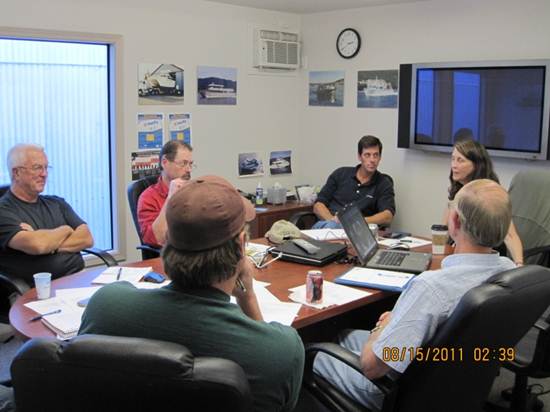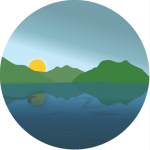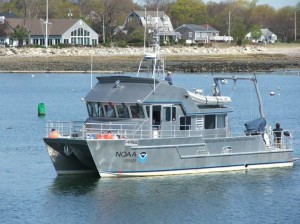It feels as though the past two days have been one long meeting, but we also squeezed in an inspection tour at AAM with Dave Weed, Bauke Houtman of NSF, Ryan of Radar Marine in Bellingham, and of course the whole crew of AAM.

Clockwise from left: Richard Furbush, Dave Weed, Mark Gleason, Pat Manley, Bauke Houtman, and Ryan of Radar Marine.
We discussed the wheelhouse design, integrating the multibeam and ADCP into the construction plan, the construction schedule itself, sea trials, the console for the hydraulics systems and winches, technology and wiring for the smart classroom, integrating the navionics systems with the classroom, arranging the arrival of other Middlebury College equipment, running cables from external equipment into the lab, the wire-out systems and alarms for the instrumented sheave, and the list goes on.


